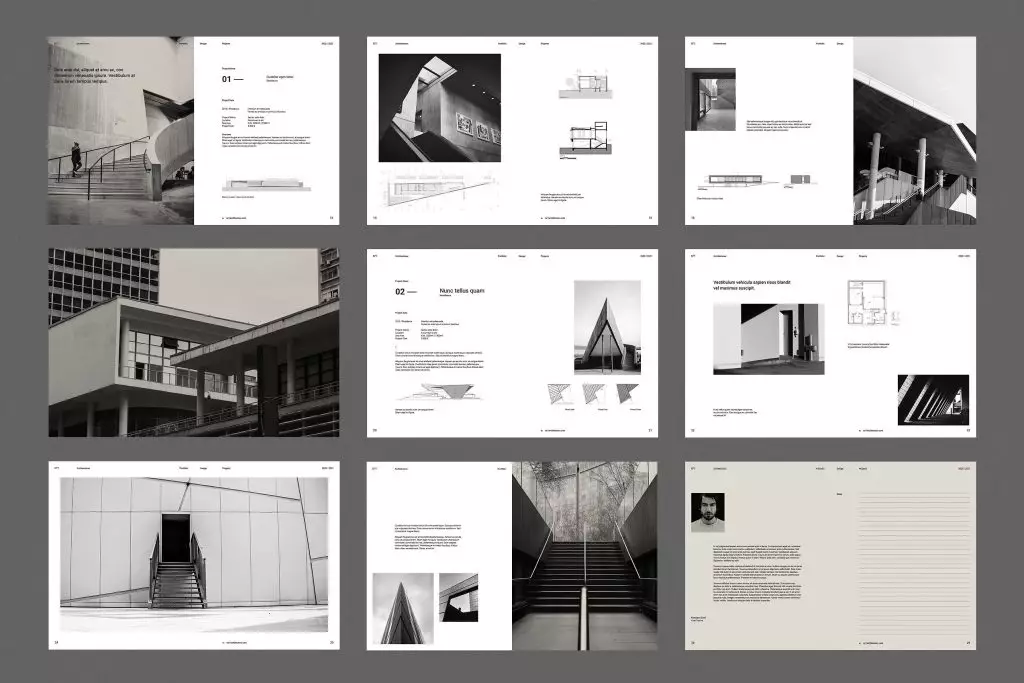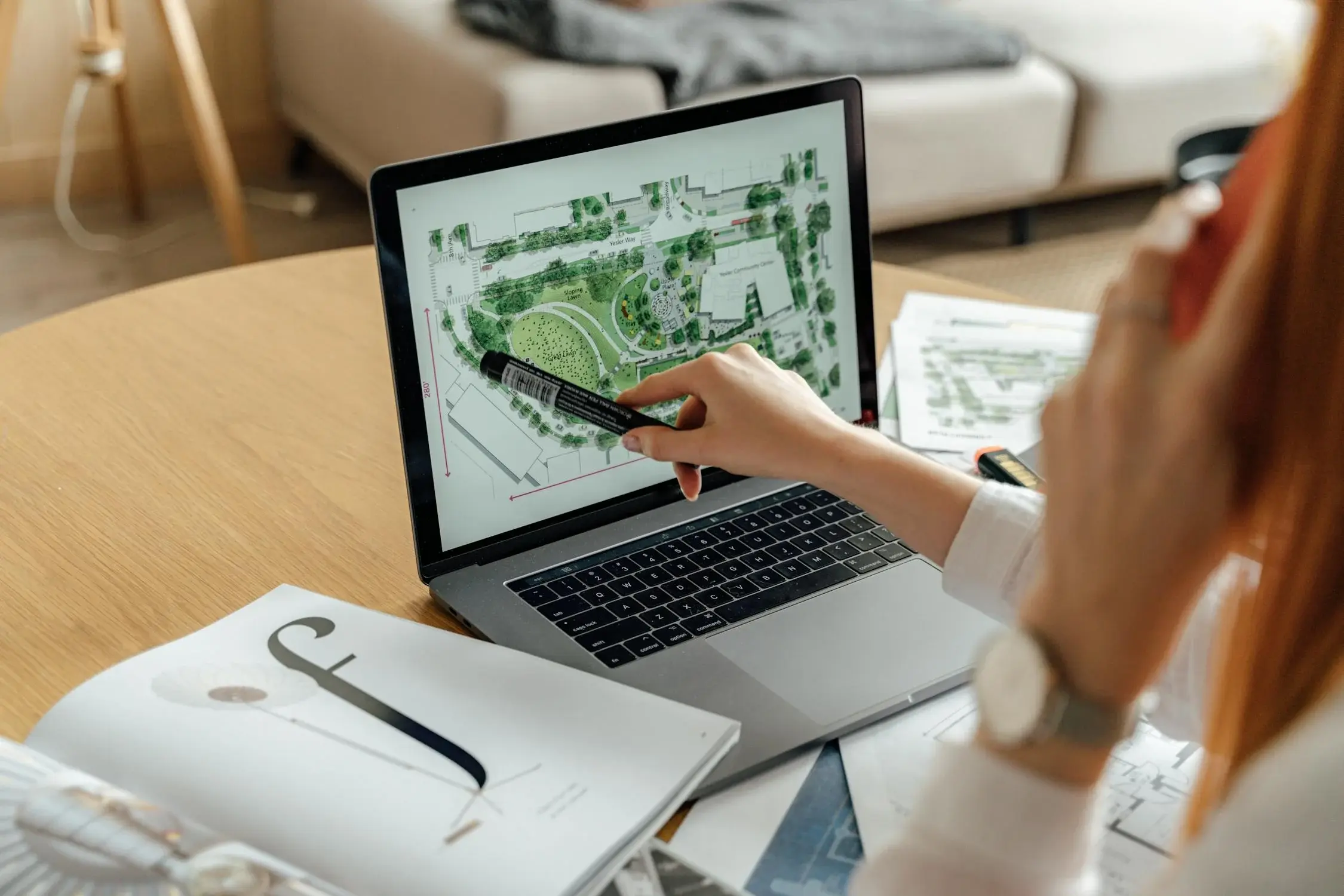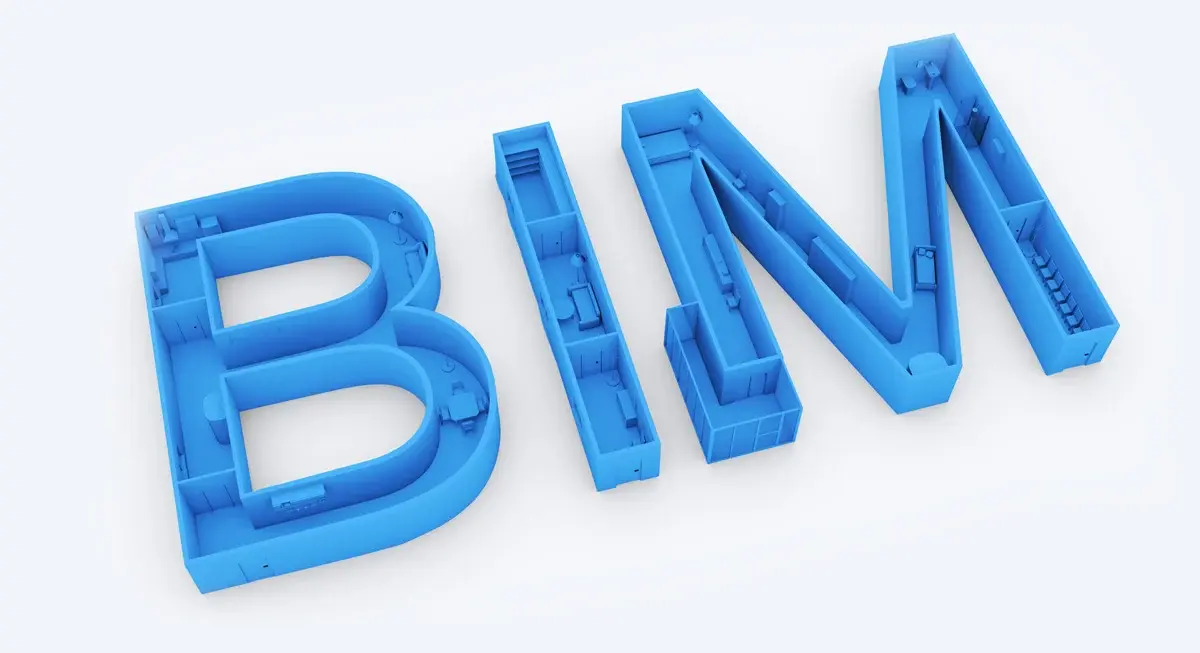.jpg)
Crafting a strong landscape architecture portfolio is not only about showing your best work but also telling your story as a landscape designer. In a competitive field where design matters, your portfolio becomes your voice. It should highlight not only what you have worked on, but also how you think, solve problems, and bring spaces to life. Whether you are aiming to land an internship, a job, or break into top landscape architecture firms, a thoughtfully curated portfolio can open doors.
This blog will guide you through the essentials, what to include, how to present your work, and how to tailor it for different opportunities, so you stand out for all the right reasons.
What is a Landscape Architecture Portfolio and Why Does it Matter?
A landscape architecture portfolio is a visual document that showcases your creative process, technical capabilities, and design thinking. It plays a crucial role in shaping your landscape architecture career, serving as proof of your ability to solve real-world challenges through thoughtful planning and visual storytelling.
A well-structured portfolio reflects key landscape architect skills like spatial awareness, environmental sensitivity, and artistic clarity. It bridges your education or past work with future opportunities, making it a must-have tool in such a design-driven field.
Why does it matter?
-
First Impression Counts: Your portfolio often introduces you before any conversation takes place, shaping how firms view your capabilities and professionalism. A well-structured presentation can leave a lasting, positive impact.
-
Proves Design Thinking: It reflects how you identify challenges and craft thoughtful, creative solutions through landscape architecture. This shows your ability to merge innovation with practical outcomes.
-
Reveals Technical Strength: Your use of tools, techniques, and detailing communicates how well you handle the technical side of the craft. It signals your readiness to contribute to complex design tasks from day one.
-
Highlights Versatility: It shows your ability to handle different project types, from public parks to urban streetscapes.

What Should You Include to Showcase Your Skills and Creativity?
To stand out in a competitive field and secure top landscape architecture jobs, your portfolio must go beyond pretty visuals. Including relevant architecture tools, projects, and showcasing your use of landscape architect software can further elevate your presentation and show you’re ready for real-world projects.
Here is what to include:
-
Personal Statement: A brief introduction outlining your design philosophy and goals.
-
Process Work: Show sketches, diagrams, and concept development to reveal how you think.
-
Completed Projects: Include a few diverse projects that highlight your strengths and range.
-
Software Skills: Demonstrate proficiency in tools like AutoCAD, SketchUp, or Revit through applied work.
-
Technical Drawings: Plans, sections, and details show your understanding of construction and layout.
-
Team or Solo Work: Clearly indicate your role in each project to reflect collaboration or independence.
Also Read: How to Best Use Revit for Landscape Architecture?: A Complete Guide
How Do You Structure Your Portfolio for Maximum Impact?
A structure plays a big role in how your portfolio is received. Organising your work smartly not only improves readability but also shows your thought process as a designer. This is key when applying to roles focused on landscape architecture design or large-scale landscape architecture projects.
-
Start with a Personal Statement: Begin with a short introduction outlining your design approach, values, and what drives your work.
-
Group Projects by Theme or Scale: Organise by categories like public spaces, academic work, or residential landscapes, this helps viewers navigate your strengths.
-
Add 5 to 6 Key Projects: Quality matters more than quantity. Each project should tell a complete story, from concept to execution.
-
Add Process Documentation: Employers and clients want to see how you think. Share sketches, models, or iterations to show how your ideas evolved.
-
Do Not Skills: List relevant tools, techniques, and design strengths, focusing on those suited for the roles you're targeting.

What are the Best Tips for Visual Presentation and Layout?
Your portfolio should reflect your vision and technical skills. Clean, intuitive layout design shows you can communicate visually, an essential part of using any landscape design software effectively.
1. Use Consistent Grid Layouts
Keep margins, spacing, and alignment uniform across all pages to create visual harmony. A structured layout makes your work feel polished and easy to follow.
2. Let Visuals Lead
Prioritise large, high-quality images that highlight your design intent and execution. Strong visuals can often communicate your ideas more effectively than lengthy explanations.
3. Limit Text Per Page
Keep copy concise, with clear captions and short descriptions that complement the visuals. Avoid crowding the page, readability should never be compromised.
4. Choose a Neutral Palette
Stick to subtle tones that support, rather than overpower, your project content. This ensures your designs remain the centre of attention without unnecessary distraction.
How can You Tailor Your Portfolio for Jobs, Internships, or Clients?
Creating a flexible and relevant portfolio helps you connect with a hiring manager, internship coordinator, or private client. By adjusting content and format, you can show exactly how your strengths align with what they’re looking for.
1. Highlight Relevant Experience
Choose projects that reflect the kind of work you want to do. Use landscape design computer programs to clearly communicate your technical abilities.
2. Adjust Visual Tone
Clients may prefer clean, visual storytelling, while firms might look for detailed process documentation.
3. Include Role-Specific Skills
Emphasise skills that match the opportunity—project management for jobs, creative exploration for internships.
4. Add Personalised Summaries
A short project brief tailored to each opportunity can show intent and professional clarity.
Also Read: 12 Best Landscape Design Softwares in 2025
What Common Portfolio Mistakes Should You Avoid?
A well-designed portfolio can open doors, but small missteps can hold your work back. Avoiding these common mistakes can make all the difference in showcasing your true potential and standing out to top landscape architecture firms.
- Including too many projects without context or explanation
- Poor layout and inconsistent formatting
- Overloading pages with text or visuals that overwhelm
- Not tailoring your portfolio for the specific role or firm
- Ignoring the importance of professional presentation
- Failing to highlight your role and thought process in team projects
Conclusion
Crafting a portfolio that truly reflects your vision and versatility is a powerful step in advancing your landscape architecture career. From showcasing design thinking to demonstrating landscape architect skills, your portfolio should communicate both your creativity and technical expertise. It is your chance to make a lasting first impression on top firms.
Want to future-proof your skills? Explore the Building Information Modelling for Architects course by Novatr, designed to help you thrive in real-world projects. For more expert guidance, tools, and industry trends, head over to Novatr’s Resource Page and start building your edge today.
FAQs
1. What does a landscape design portfolio look like?
It is a curated collection of your best design work, sketches, and project visuals that reflect your skills and design approach.
2. Do you need a portfolio for landscape architecture?
Yes, most firms require a portfolio to assess your creativity, technical ability, and understanding of the profession.
3. What should be included in an architecture portfolio?
You should include key projects, conceptual sketches, detailed drawings, software skills, and your design process should all be featured.
Was this content helpful to you








.png)


